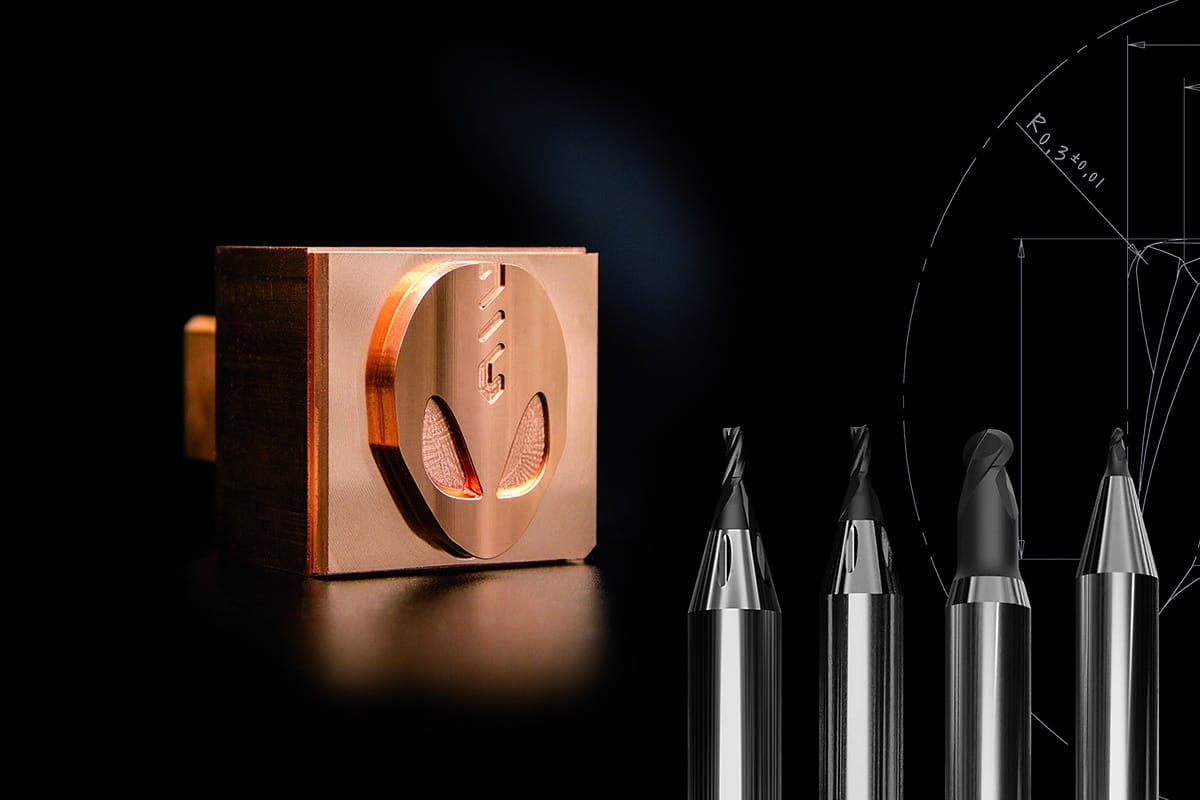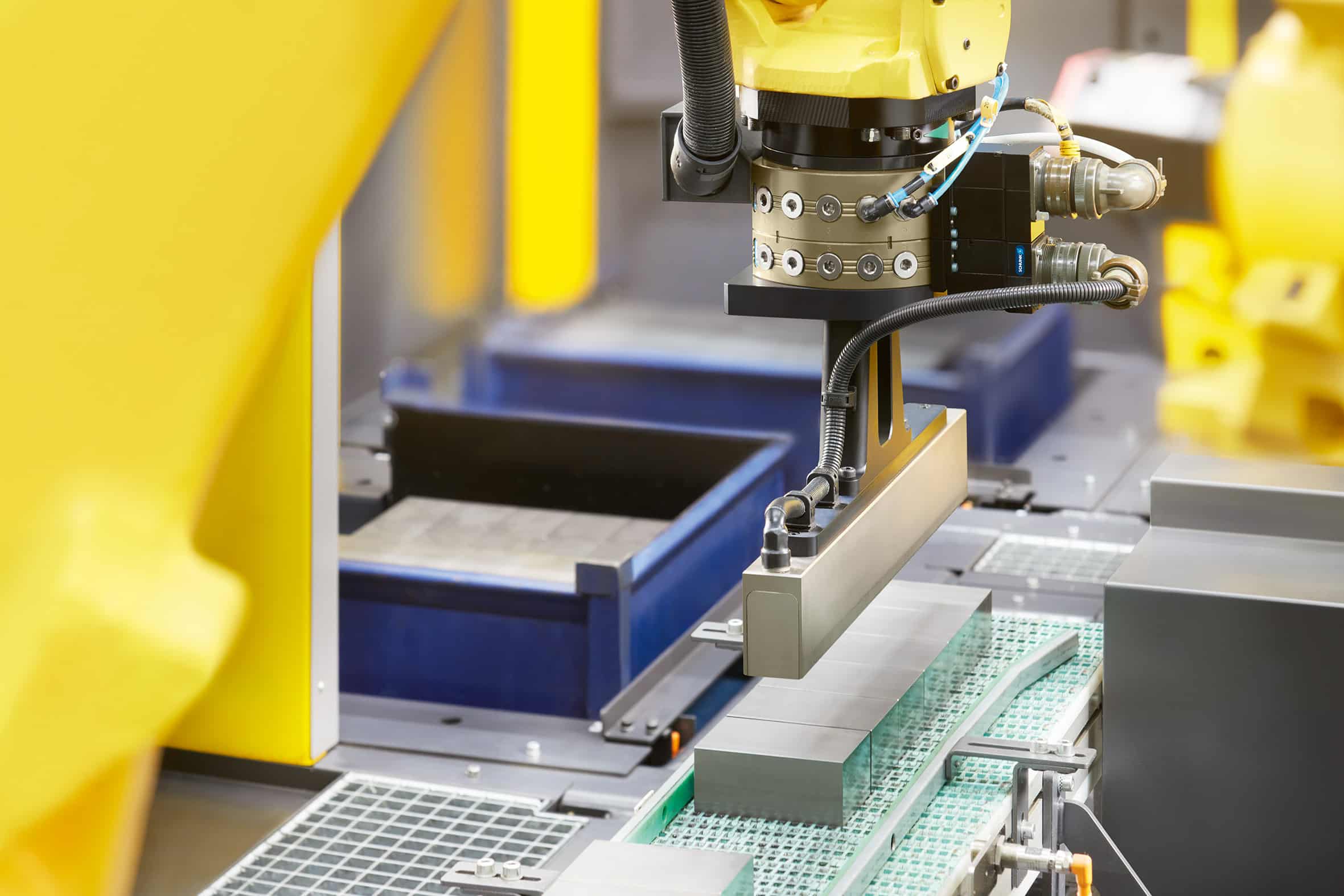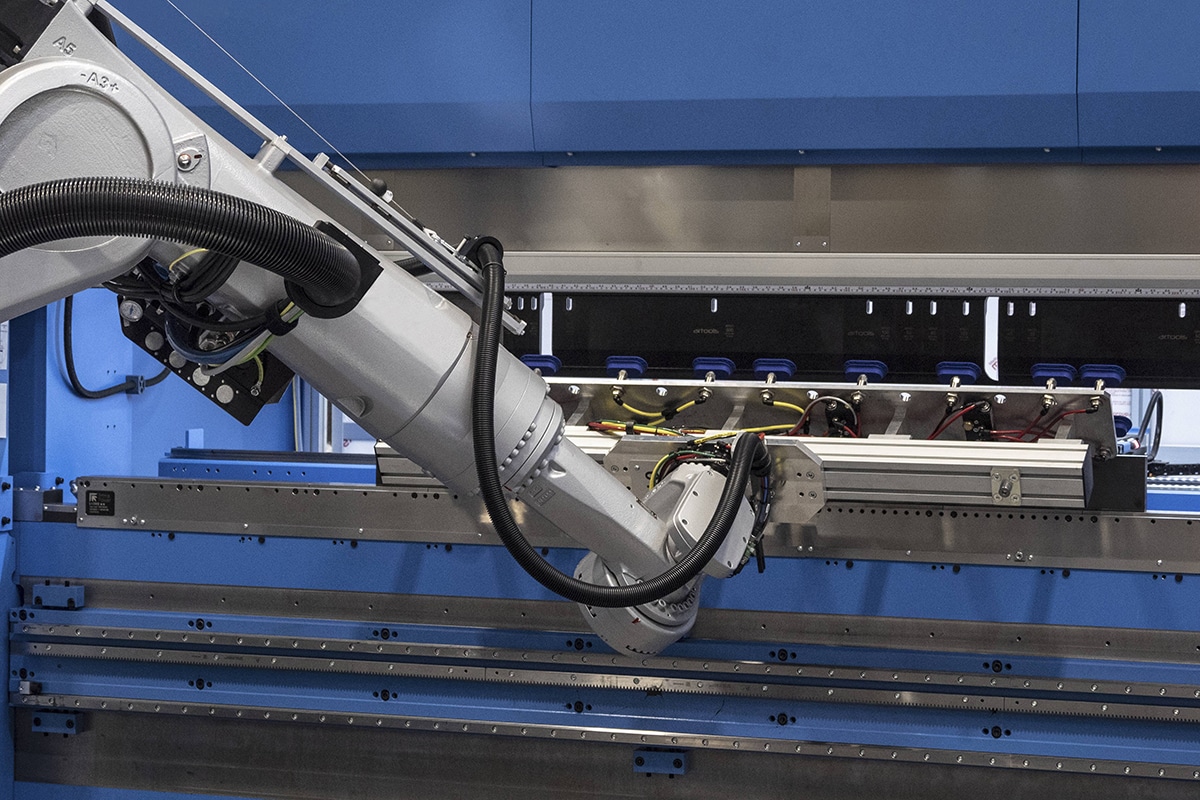
Challenges in folds of aluminum
Aluminum is increasingly finding its way into manufacturing company designs. A popularity the material owes in part to properties such as its light weight and good corrosion resistance. But processing aluminum is unfortunately not without its challenges, especially when it comes to folding. For example, metalworkers must take care to prevent cracks from forming in the folds. They will also have to take measures to prevent "scoring" and marking in the material. Often they have to look for the answer in tool usage.
Everything starts with the choice of material, because bending is forming. After all, aluminum exists in different grades, each of which has its properties and thus an impact on tool selection. You don't even have to be a metallurgist for that. The specific name already gives a lot away. In fact, the first four digits say something about the composition. Aluminum 3030 means that the material consists of 97.6% of aluminum, the rest is iron (0.35%), silicon (0.15%), manganese (0.1 to 0.7%), copper (0.1%) and zinc and other trace elements (0.05 to 0.5%).
Folds of sharp inner radius
It is mainly the percentage of silicon that gives an indication of the hardness and ductility of the material. What follows the dash is also significant. O stands for soft, H for semi-hard and T for treated and therefore hard. The challenge is not so much in bending a sharp inner radius in soft or semi-hard aluminum. In hard material, on the other hand, the sharp inner radius will be three times the material thickness and the aluminum should preferably be bent against the grain. There is no panacea, however, as the material is naturally so hard that it tends to stretch and crack. However, precision ground punch and die sets can provide an accurate bending point. In addition, a modern bending bench that can tightly align the punch and die is important. Also, use a lubricant specific to aluminum to minimize friction.

Occurrence of markings
Manufacturers have developed special radius tools for optimum bending without "fretting" or damage. The bending then actually occurs through a sequence of multiple radii. This allows the sheet to roll more symmetrically in the V-die, with less force and less friction between the material and the tool. In this way, there will be fewer marks, nicks or carbon deposits on the workpiece.
Other tips include using tools whose material has a low coefficient of friction and applying an oil-based lubricant specifically for use with aluminum. Tools with a polished surface can also provide relief to temper this issue, or tools with a larger shoulder radius, so they flow more than scrape. Finally, spread the pressure of the punch over a larger area.
Preventing 'eating'
Chafing occurs when the shoulder radius grips the bent material and residue builds up. One suggestion to prevent galling is to increase the tool's run-in radii. These are the rounded edges on the lower die. Making them larger spreads the mold load. Tool radii should be polished to 0.008 mm or better. An excellent finish on the die contributes greatly to reducing marking and fretting. In addition, tools with a larger shoulder radius will also be of interest. Furthermore, make sure that the tool is harder than the material to be folded. A special coating on the tool can also help prevent fretting, marks and inaccuracies. ■



